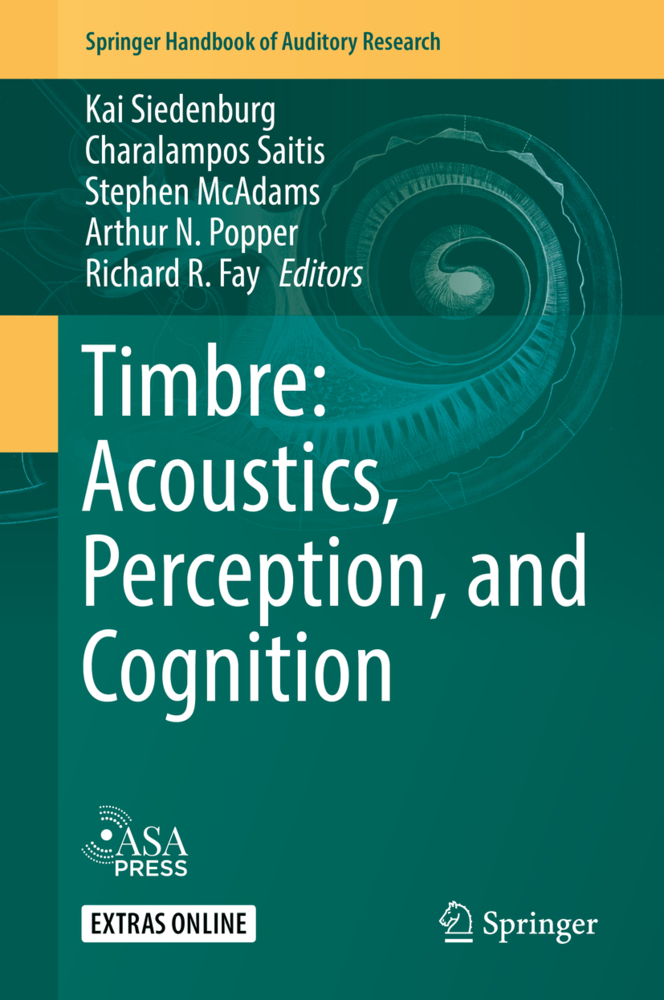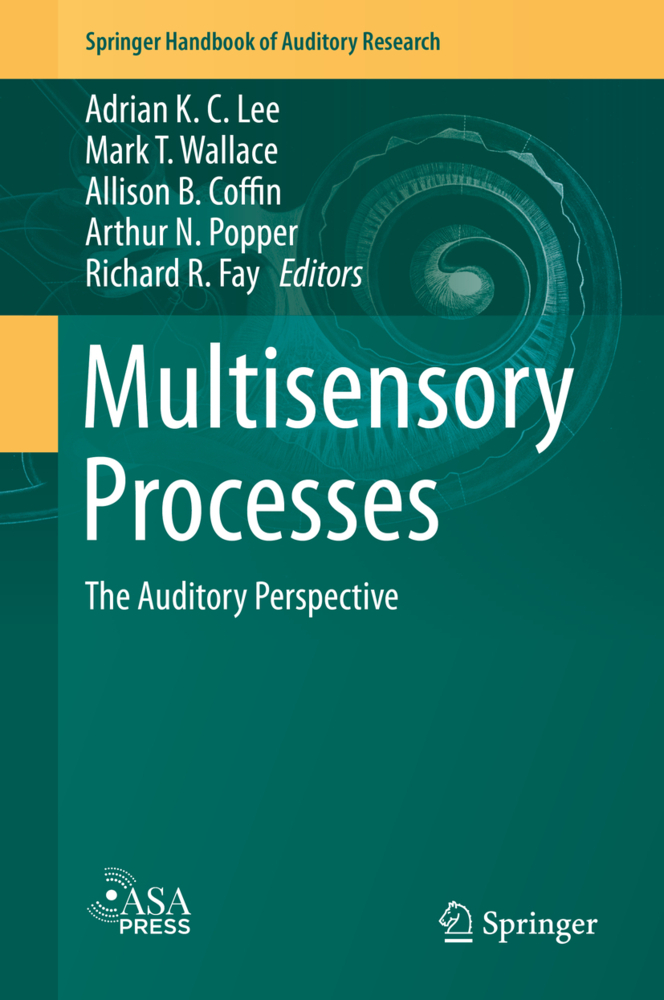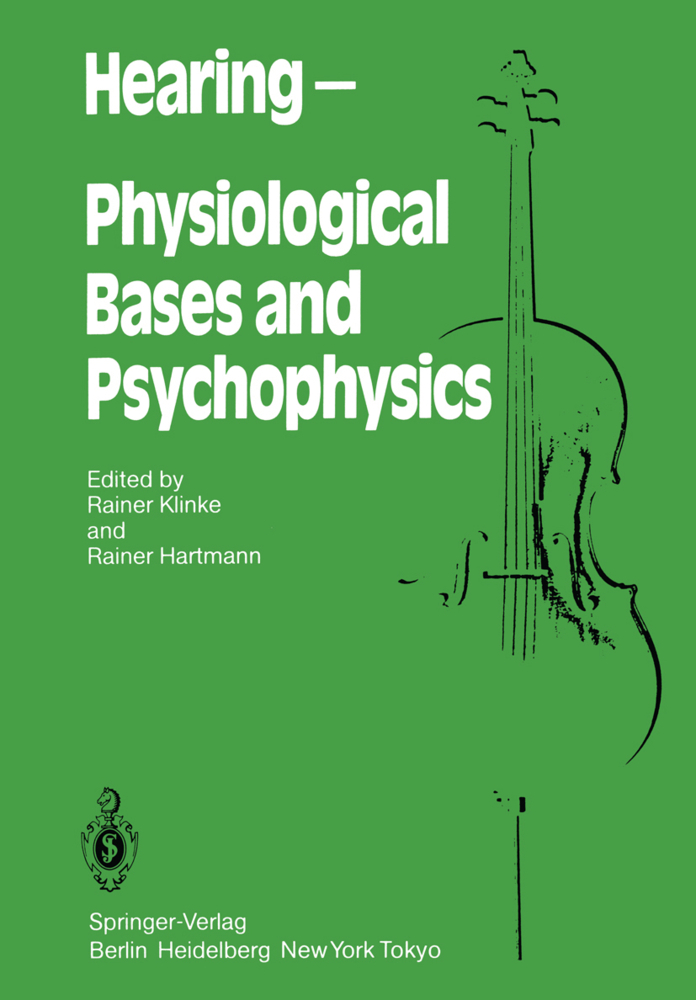Timbre: Acoustics, Perception, and Cognition
This volume will be the first book dedicated to a comprehensive and authoritative presentation of timbre perception and cognition research and the acoustic modeling of timbre. The volume will serve as a natural complement to the SHAR volumes on the basic auditory parameters of Pitch edited by Plack, Oxenham, Popper, and Fay, and Loudness by Florentine, Popper, and Fay. Moreover, through the integration of complementary scientific methods ranging from signal processing to brain imaging, the book has the potential to leverage new interdisciplinary synergies in hearing science. For these reasons, the volume will be exceptionally valuable to various subfields of hearing science, including cognitive auditory neuroscience, psychoacoustics, music perception and cognition, but may even exert significant influence on fields such as musical acoustics, music information retrieval, and acoustic signal processing.
It is expected that the volume will have broad appeal to psychologists, neuroscientists, and acousticians involved in research on auditory perception and cognition. Specifically, this book will have a strong impact on hearing researchers with interest in timbre and will serve as the key publication and up-to-date reference on timbre for graduate students, postdoctoral researchers, as well as established scholars.
Preface
The Present, Past, and Future of Timbre Research
The Perceptual Representation of Timbre.- Timbre Recognition and Sound Source Identification.- Memory for Timbre.- The Semantics of Timbre.- Neural Correlates of Timbre Processing.- Voice Processing and Voice-Identity Recognition.- Timbre as a Structuring Force in Music.- Timbre, Sound Quality, and Sound Design.- Timbre Perception with Cochlear Implants.- Audio Content Descriptors of Timbre.- Modulation Representations for Speech and Music.- Timbre from Sound Synthesis and High-level Control Perspectives.
Siedenburg, Kai
Saitis, Charalampos
McAdams, Stephen
Popper, Arthur N.
Fay, Richard R.
| ISBN | 978-3-030-14831-7 |
|---|---|
| Artikelnummer | 9783030148317 |
| Medientyp | Buch |
| Copyrightjahr | 2019 |
| Verlag | Springer, Berlin |
| Umfang | XVIII, 389 Seiten |
| Abbildungen | XVIII, 389 p. 76 illus., 45 illus. in color. |



